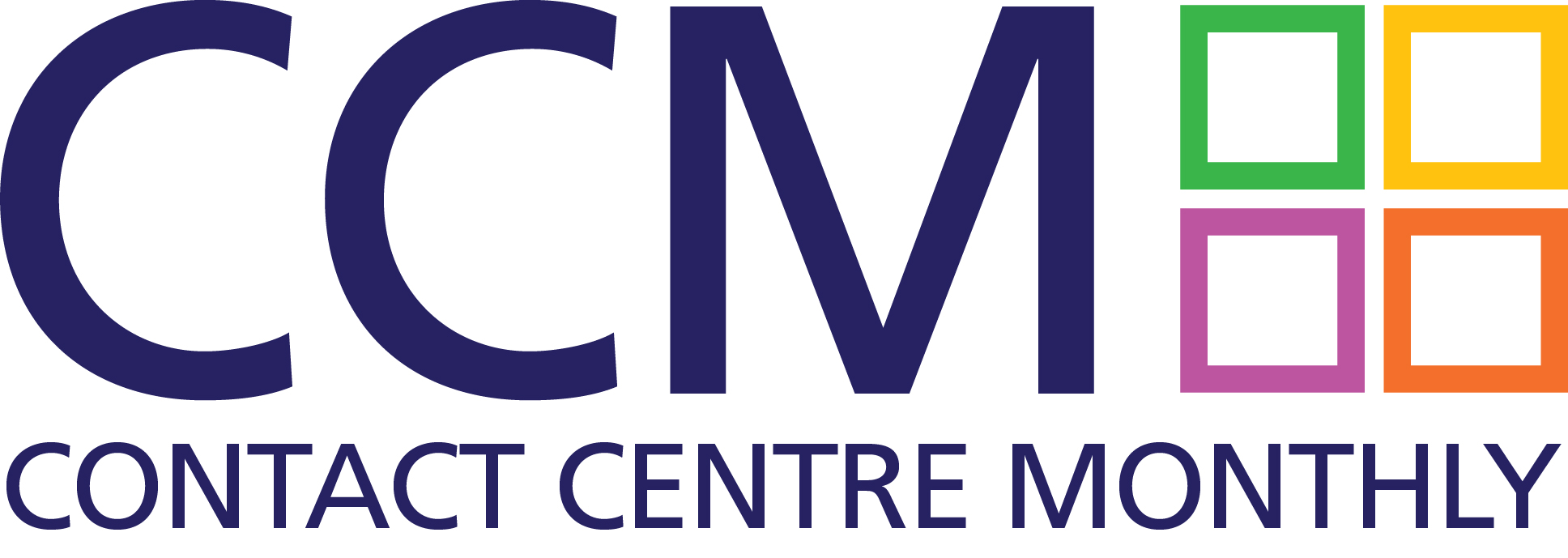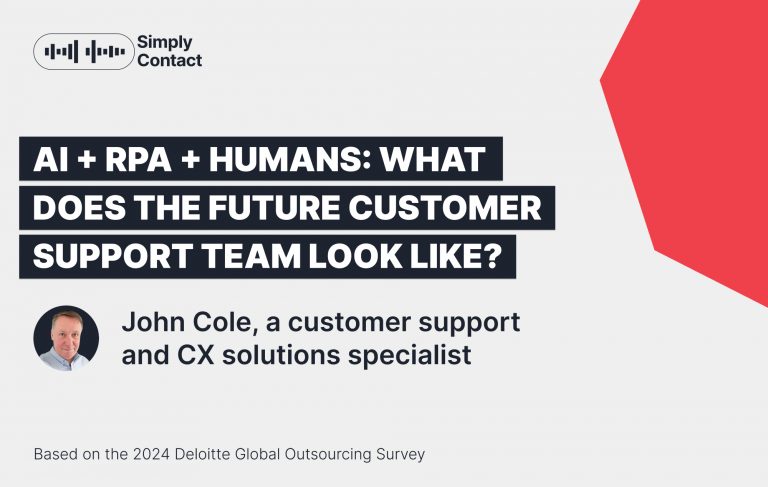Author: John Cole, Regional Head of CX Client Solutions – UK&I at Simply Contact
Customer service is undergoing a quiet revolution. What used to be a people-only function is now evolving into a hybrid model, where AI, bots, and human agents work together to deliver faster, smarter, and more personalised experiences.
According to the 2024 Deloitte Global Outsourcing Survey, only 20% of companies currently have a defined strategy for managing their digital workforce. That’s surprisingly low — but it won’t stay that way for long.
What is a digital workforce strategy, and why does it matter?
A digital workforce strategy defines how AI-powered bots, automation (RPA), and human agents interact across customer journeys. It includes clear roles, productivity goals, compliance policies, AI governance rules, and tools for quality assurance.
Deloitte notes that such a strategy must also include data governance, AI oversight, and formal procedures for tracking AI output. Otherwise, automation becomes chaotic or even risky.
Without a plan, organisations simply throw bots at problems. With a strategy, they build scalable, reliable, and accountable service ecosystems.
AI + humans: not a competition, but collaboration
When done right, AI and human agents aren’t competing — they’re complementing one another.
Bots can classify tickets, provide instant answers, and handle FAQs. Human agents take over complex, emotional, or sensitive cases with more context and speed thanks to automation in the background.
But here’s the catch: according to Deloitte, less than half of companies using AI in outsourcing see productivity gains. Why? Because they lack mature implementation and governance frameworks. AI without oversight is just noise.
Looking ahead: 2025–2026 and beyond
By 2026, we expect 30–40% of simple requests to be fully automated — from password resets to refund queries.
Support teams will evolve into flexible, modular units made up of humans, bots, and low-code tools. Managers will no longer only manage people — they’ll architect integrated workflows, monitor AI performance, and scale resources in real time.
Companies that succeed won’t be the ones with the most bots, but the ones with the clearest strategy and agile execution.
Final thoughts
AI doesn’t replace people — it amplifies their impact. But only if it’s implemented with intention.
Without a digital workforce strategy, even the best tools underdeliver. Now is the time to prepare: set governance structures, train your teams, choose the right partners, and design support flows that blend human empathy with machine speed.
Because the future won’t arrive gradually. It’ll happen quickly. And those who are ready will lead.



